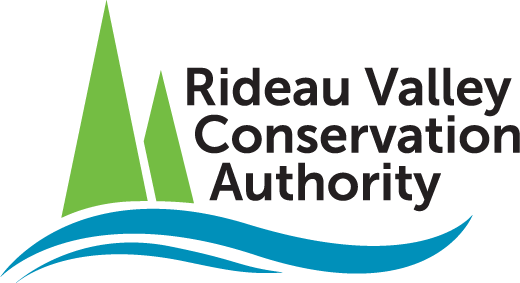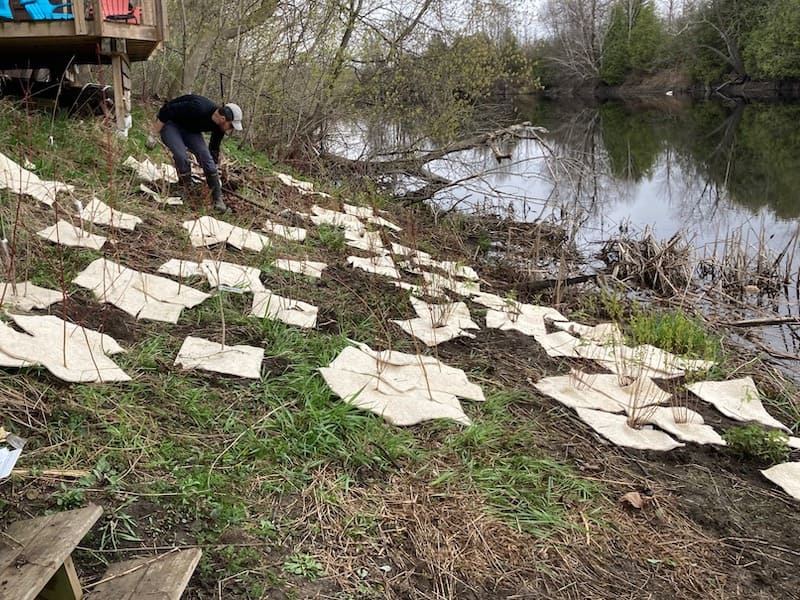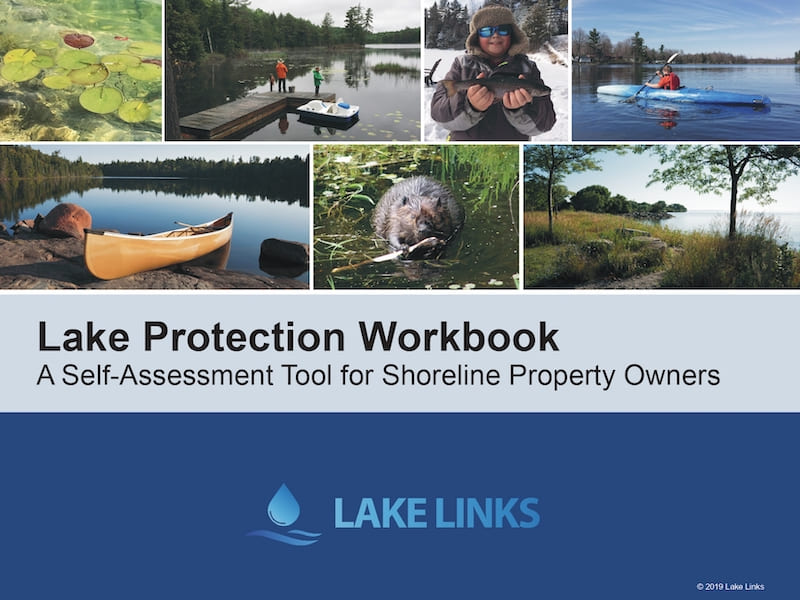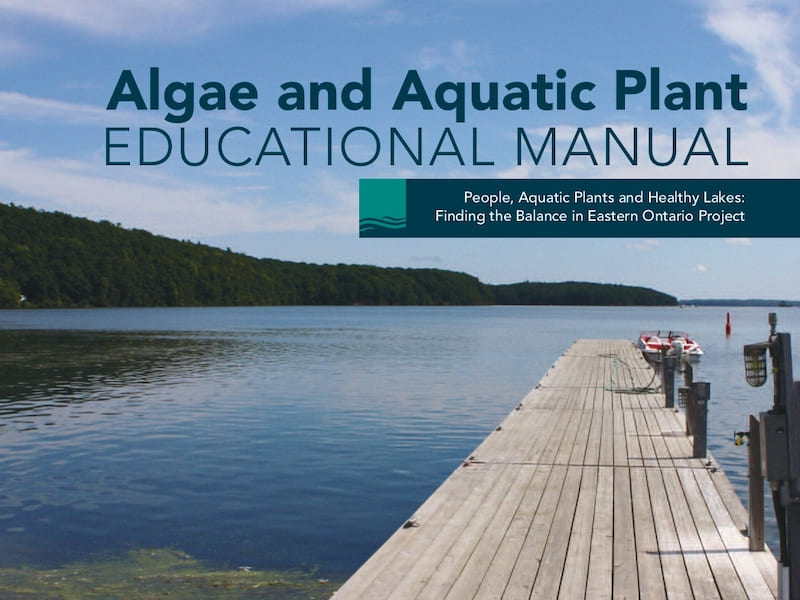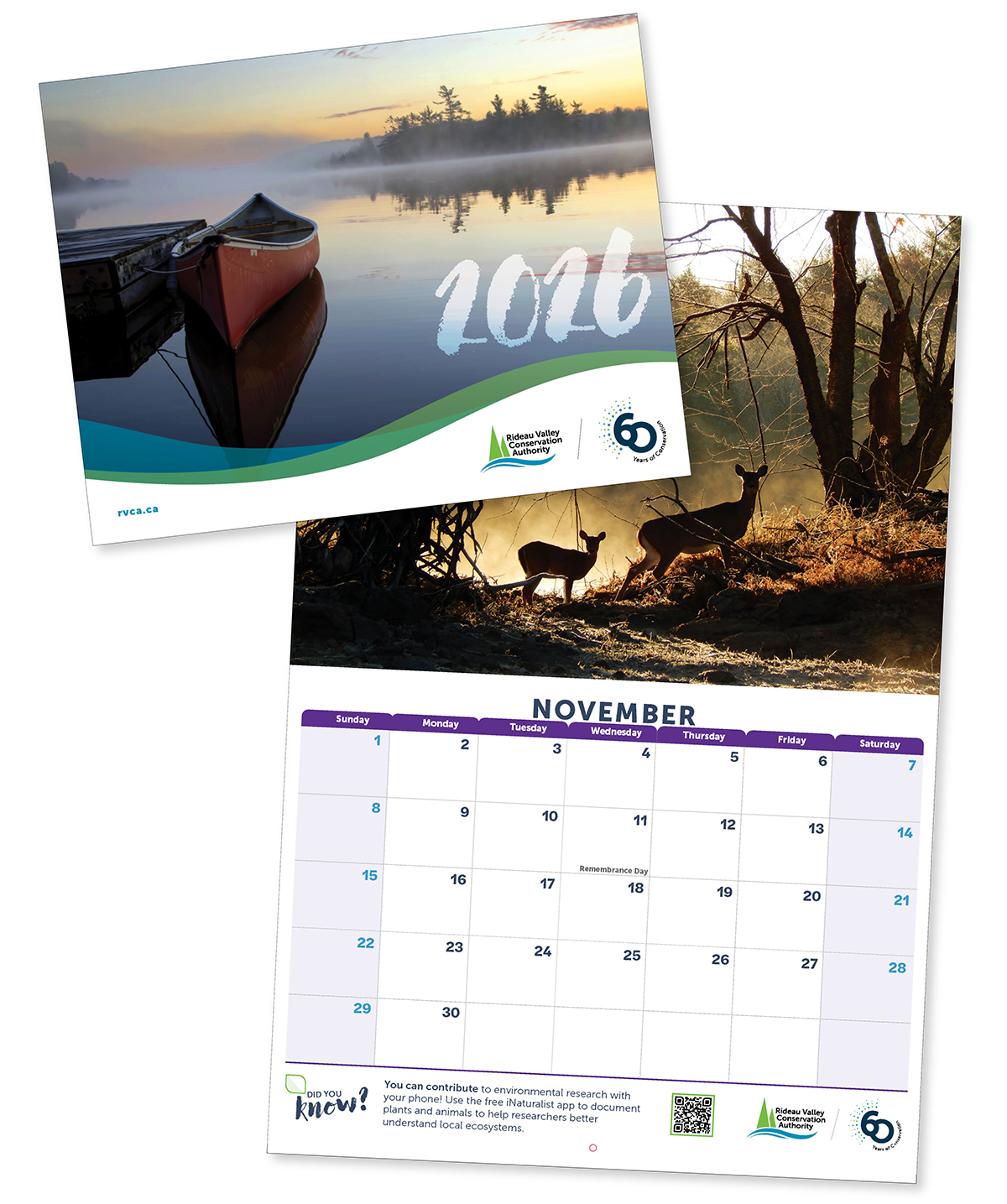The Rideau Valley watershed is fortunate to be home to more than 80 freshwater lakes. These lakes are important sources for clean drinking water, habitat for diverse wildlife, local tourism and endless recreational opportunities like swimming, fishing and boating. When cared for properly, freshwater lakes are long-lasting natural assets that benefit both people and the environment. Lake residents play an important role in protecting these rich resources.
What lake users can do:
Maintain a natural shoreline
Keep or restore native vegetation along the shoreline to protect against erosion, provide habitat, and reduce runoff. Limit nearshore development to 25% of frontage or 15 metres (whichever is less).
Manage stormwater runoff
Avoid directing stormwater directly into the lake. Instead use rain gardens, rain barrels, soak aways pits and natural areas to absorb and filter runoff. Avoid excessive ‘hardened” or paved surfaces.
Boat responsibly
- Reduce wake in near-shore areas to reduce erosion and protect shoreline habitat and nesting areas
- Always practice “Clean, Drain, Dry” when moving boats and equipment between lakes to stop the spread of invasive species
Follow fishing regulations
- Obey catch limits, size limits, and seasonal restrictions set by the province to ensure fish populations remain healthy and sustainable
- Never release live bait fish into waterbodies
- Destroy any invasive species you catch such as goby or carp, and report sightings
Stop the spread of invasive species
- Clean boats, trailers, fishing gear and other equipment when moving between lakes
- Familiarize yourself with the Common Invasive Species in the Rideau Valley Watershed or your local region
- Avoid planting potentially invasive species in gardens
- Manage invasive species on your property and report sightings.
Inspect and maintain septic systems
- Regularly maintain your septic system to prevent contamination of groundwater and lake water, including a pump-out every 3 to 5 years
- Participate in voluntary re-inspection programs if offered on your lake
- Consider upgrading to an alternative treatment system when replacing an old system
- Take advantage of RVCA's clean water grants for septic upgrades and repairs
Use chemicals responsibly
- Limit use of pesticide, herbicides and fertilizers near the lake to reduce excessive nutrient runoff
- Pick up pet waste promptly to avoid it washing into the lake
- Properly store gasoline, cleaners and other chemicals that pose a potential spill threat
Respect development guidelines
- Respect set-back distances, shoreline buffer requirements, and building restrictions designed to protect water quality and natural features
- Attain necessary permits from your local municipality, conservation authority and other authorizing bodies before beginning work
Get involved!
- Join your local Lake Association and attend the annual Lake Links workshop
- Volunteer as a lake steward with RVCA’s monitoring programs
- Report issues like pollution, blue green algae and invasive species
- Take advantage of available funding for your lake association or property
Resources:
Lake Planning Support
Is your Lake Association considering starting or updating a Lake Plan?
Learn more on our Lake Planning page.
